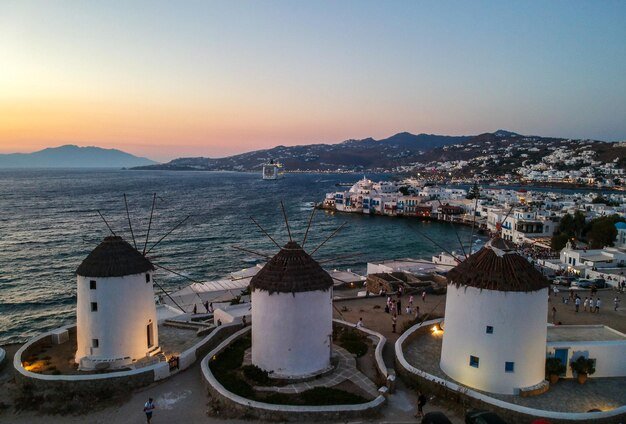
Nestled in the Northern Hemisphere, Iceland is truly stunning. Often called the Land of Fire and Ice, it showcases Mother Nature’s finest elements with majestic glaciers floating on pristine blue waters, hills covered in meadows or snow, and bubbling geothermal pools. Iceland is a dream destination for many. While most people visit during the summer to enjoy lush hills, sunny skies, and awe-inspiring waterfalls, traveling during the off-season can also be a fantastic idea. This blog will explain why you should consider visiting Iceland when it’s less crowded.
When is Iceland’s off-season?
Iceland’s off-season starts in November, as autumn ends, and extends through February. This period sees fewer tourists, making it more comfortable to explore the country’s stunning landscapes. March through May also experiences fewer crowds compared to the peak summer months, though it is busier than November to February.
What is the weather like during Iceland’s off-season?
During the off-season, Iceland experiences winter, which means chilly nights, dark skies, and strong winds. Temperatures generally range from 0-5°C, occasionally dipping to -1°C or -2°C, especially in January. The weather can be quite unpredictable with potential rainfalls, blizzards, or gusty winds. It’s essential to pack waterproof clothes, windbreakers, and warm jackets.
Traveling to Iceland
What to expect during the off-season in Iceland?
Visiting Iceland during the off-season presents unique experiences like dark winters, lower prices, and snow-covered landscapes. Here’s what you can expect:
1. Lower Prices
Traveling during Iceland’s off-season means you can benefit from lower prices. Flights can be 30-50% cheaper during the winter months compared to summer. Accommodations also drop their prices due to the reduced number of guests. This is the perfect time to visit if you’re looking to save money while exploring Iceland.
2. Freezing Temperatures
Winter in Iceland brings freezing temperatures, often dropping to -2°C at night. You should also be prepared for the unpredictable weather, including sudden blizzards and icy rainfalls. Consider staying in a cozy eco-resort with a fireplace or a warm, comfortable hotel room, and pack plenty of thick clothing to stay warm.
3. Snowy Landscapes
Iceland turns into a Winter Wonderland during the off-season, with mountains, valleys, and towns blanketed in beautiful white snow. Reykjavik, the capital, resembles a magical scene straight out of a holiday storybook. Winter is also the best time to see towering, icy glaciers in all their glory.
4. Ice Caves
One of the most magical sights in Iceland is the ice cave. Winter’s freezing temperatures create stunning ice-blue formations in the shape of tunnels and caves. Natural ice caves, like Breiðamerkurjökull Glacier and Vatnajökull, are spectacular to explore during the off-season.
5. Northern Lights
The Northern Lights are a breathtaking natural phenomenon that attract visitors from all over the world. Green and colorful lights dance across the dark winter skies, creating an unforgettable spectacle. The long, cold nights of winter increase your chances of seeing this amazing display. However, due to unpredictable weather, it’s advisable to plan a longer stay—at least a week—if catching the Northern Lights is your main goal.


